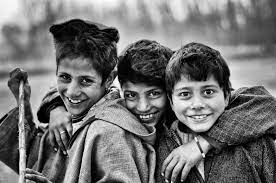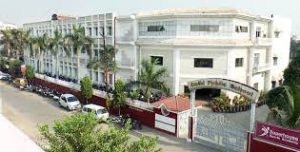Case study Chapter 3 (Matrix)
Case study 1:- Read the following and answer the question(Case study problem matrix 1)
A manufacturer produces three stationery products Pencil, Eraser and Sharpner which he sells in two markets. Annual sales are indicated below

|
Market |
Products (in numbers) | ||
|
Pencil |
Eraser | Sharpner | |
|
A |
10,000 | 2,000 |
18,000 |
| B | 6,000 | 20,000 |
8,000 |
If the unit sale price of Pencil, Eraser and Sharpner are Rs 2.50, Rs 1.50 and Rs 1.00 respectively, and unit cost of the above three commodities are Rs 2.00, Rs 1.00 and Rs 0.50 respectively, then,
(i) Total revenue of market A is
(a) Rs 64,000 (b) Rs 60,400
(c) Rs 46,000 (d) Rs 40,600
(ii) Total revenue of market B is
(a) Rs 35,000 (b) Rs 53,000
(c) Rs 50,300 (d) Rs 30,500
(iii) Cost incurred in market A is
(a) Rs 13,000 (b) RS30,100
(c) Rs 10,300 (d) Rs 31,000
(iv) Profit in market A and B respectively are
(a) (Rs 15,000, Rs 17,000) (b) (Rs 17,000, Rs 15000)
(c) (Rs 51,000, Rs 71,000) (d) (Rs 10,000, Rs 20,000)
(v) Gross profit in both market is
(a) Rs 23,000 (b) Rs 20,300
(c) Rs 32,000 (d) Rs 30,200
Solution: (i) Answer (c)
Total revenue for market A

= 10,000×2.50 + 2000×1.50 + 18000×1.00
= Rs 46000
(ii) Answer (b)
Total revenue for market B

= 6,000×2.50 + 20,000×1.50 + 8000×1.00
= Rs 53000
(iii) Answer (a)
Cost incurred in market A

= 10,000×2.00 + 2000×1.00 + 18000×0.50
= Rs 31,000
(iv) Answer (a)

= 6,000×2.00 + 20,000×1.00 + 8000×0.50
= Rs 36,000
Profit in market A = Rs 46000 – Rs 31000 = Rs 15000
Profit in market B = Rs 53000 – Rs 36000 = Rs 17000
(v) Answer (c)
Gross profit = Profit in market A + Profit in market B
= Rs 15000 + Rs 17000
Case study 2:- Amit, Biraj and chirag were giventhe task of creating a square matrix of order 2. Below are the matrices created by them. A, B, C are the matrices created by Amit, Biraj and Chirag respectively.(Case study problem matrix 2)

Solution: For solution click here
Case study 3:- Read the following and answer the question:(Case study problem matrix 3)
Three schools DPS, CVC and KVS decided to organize a fair for collecting money for helping the flood victims. They sold Handmade fans, Mats and plates from recycled material at a cost of Rs 25, Rs 100 and Rs 50 each respectively. The number of articles sold are given as.

Solution: For solution click here


